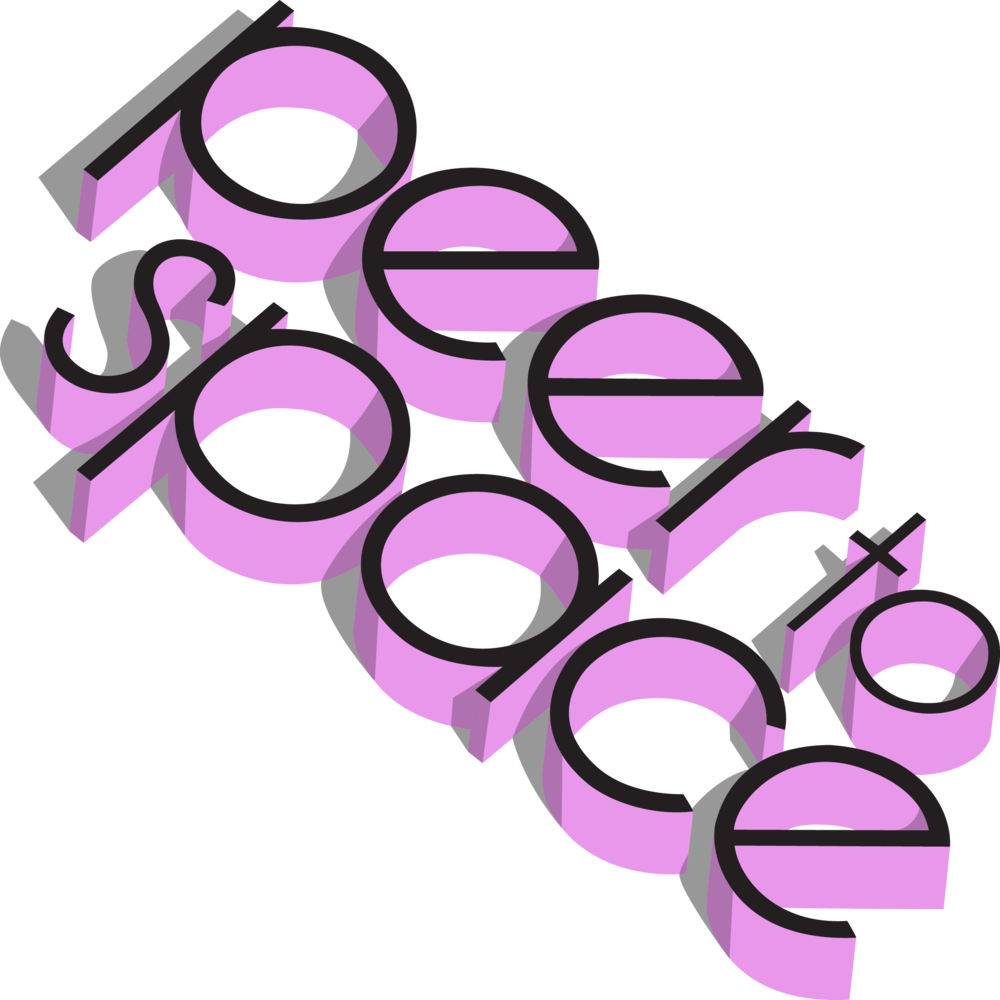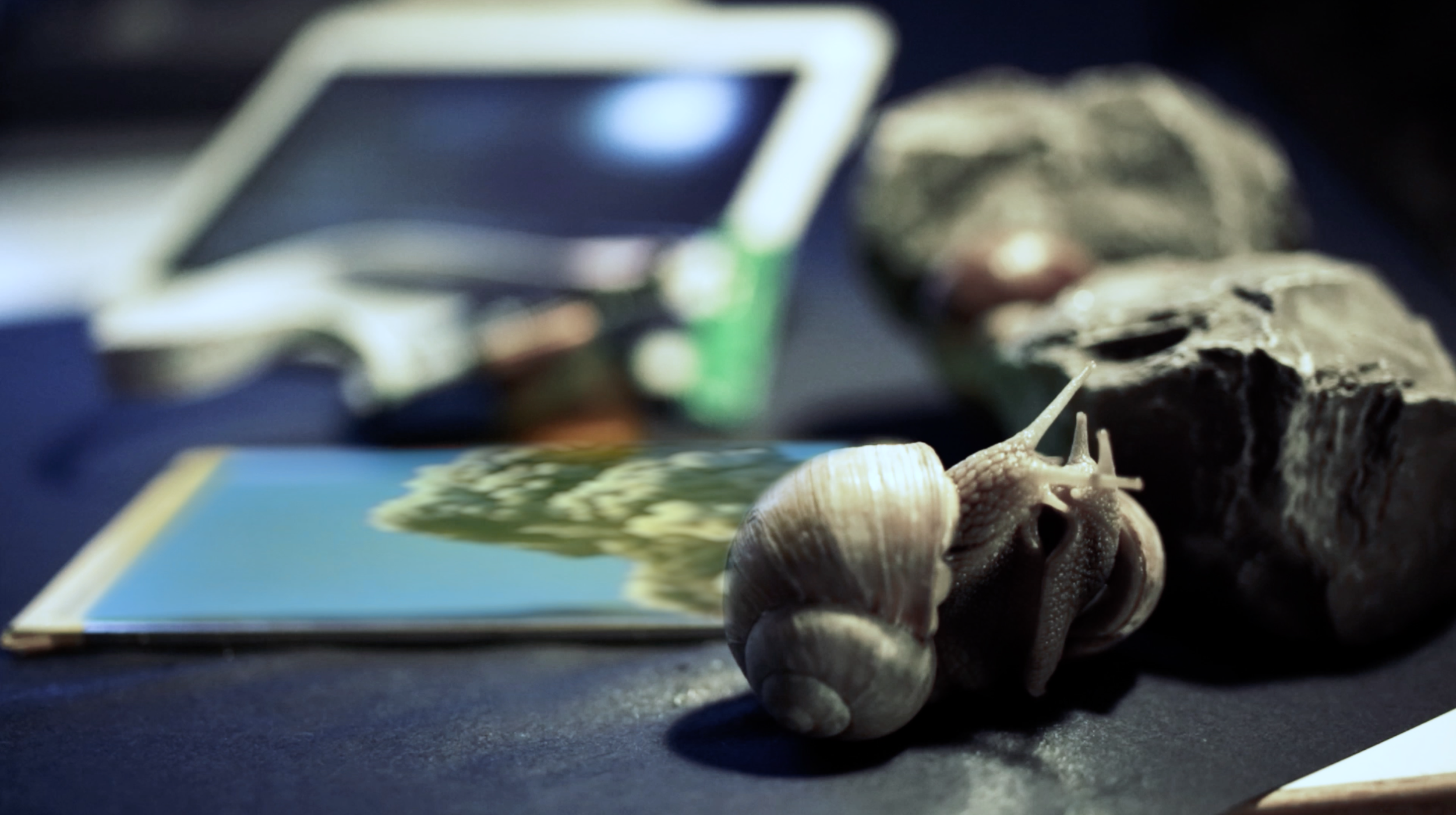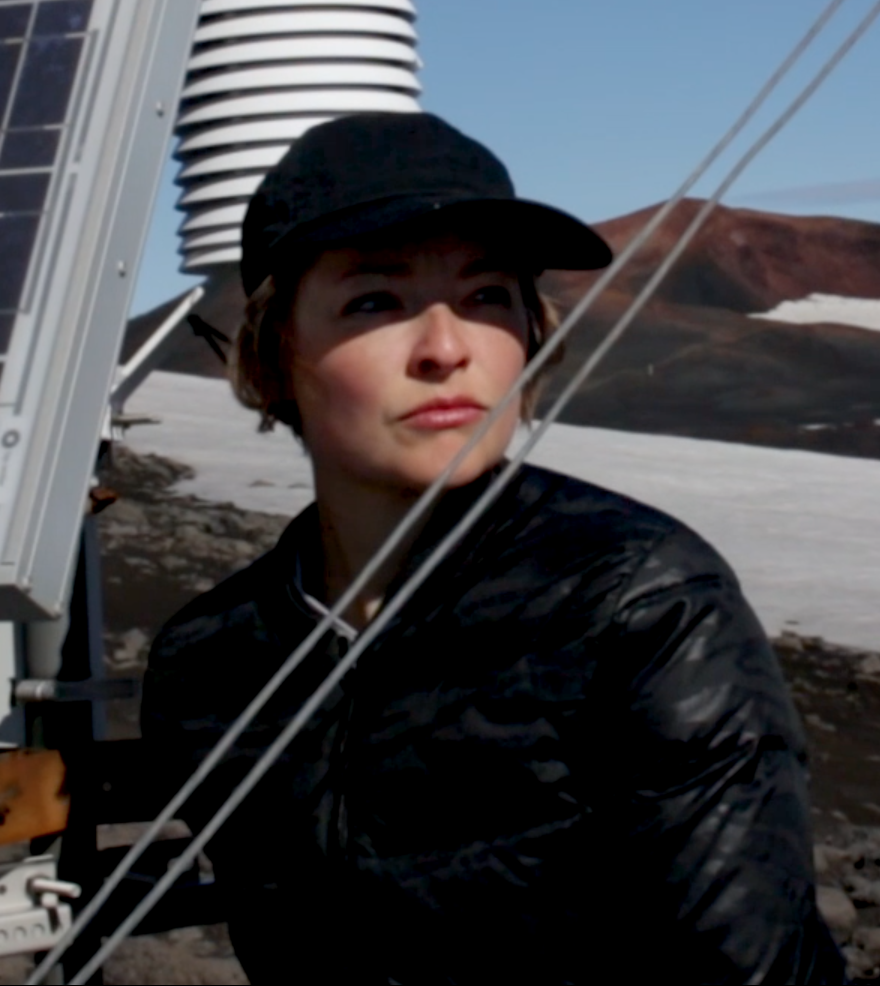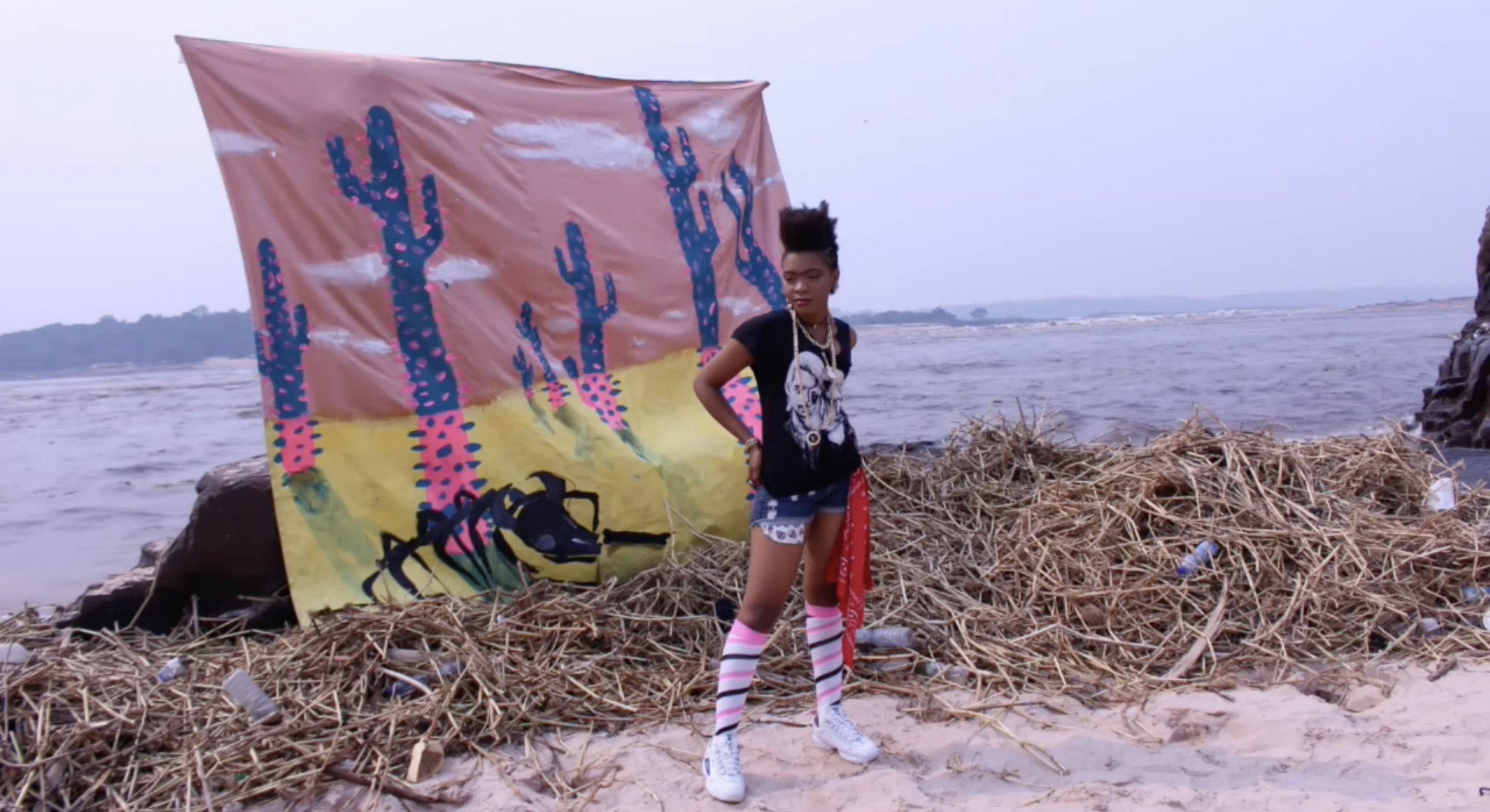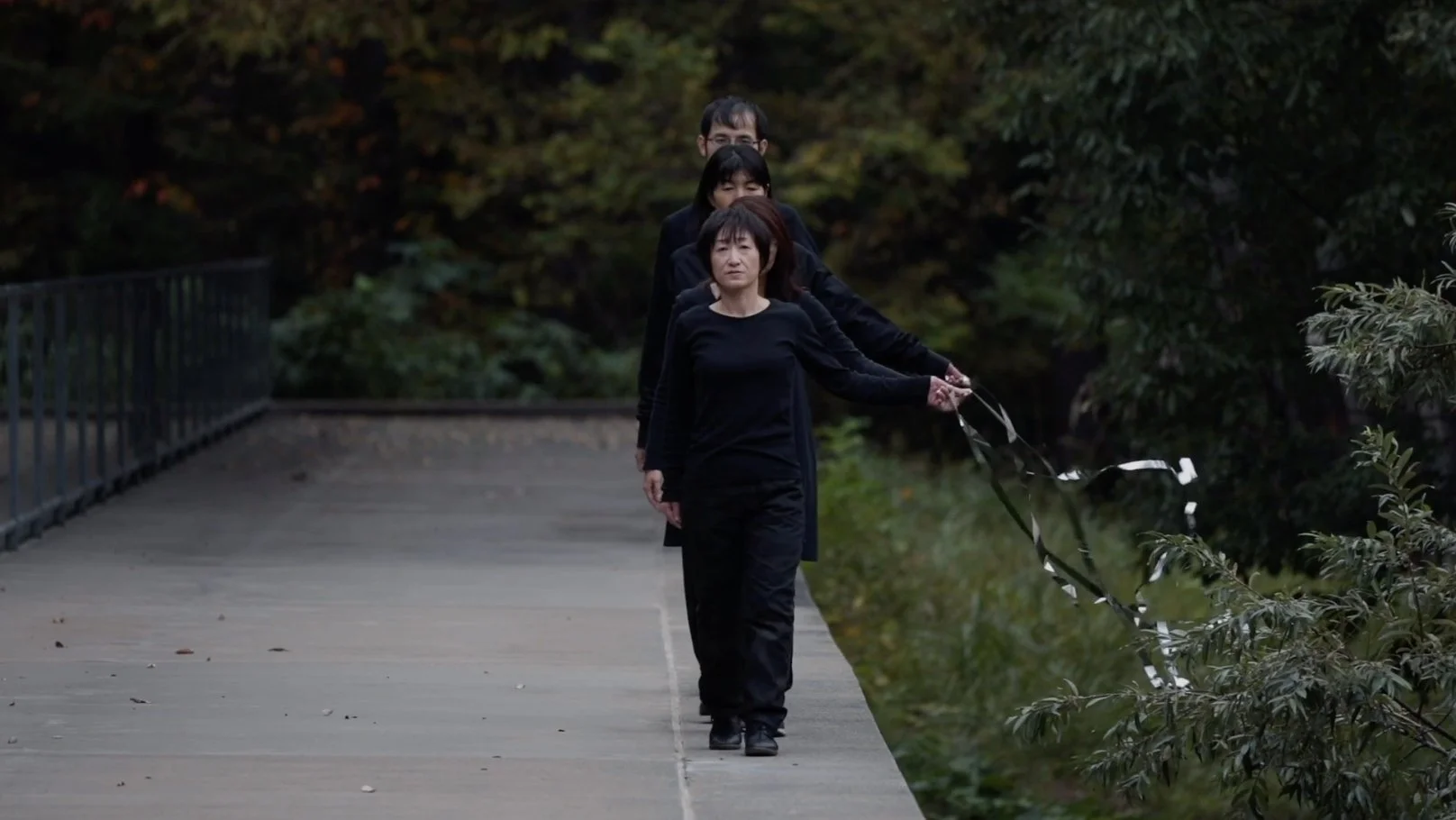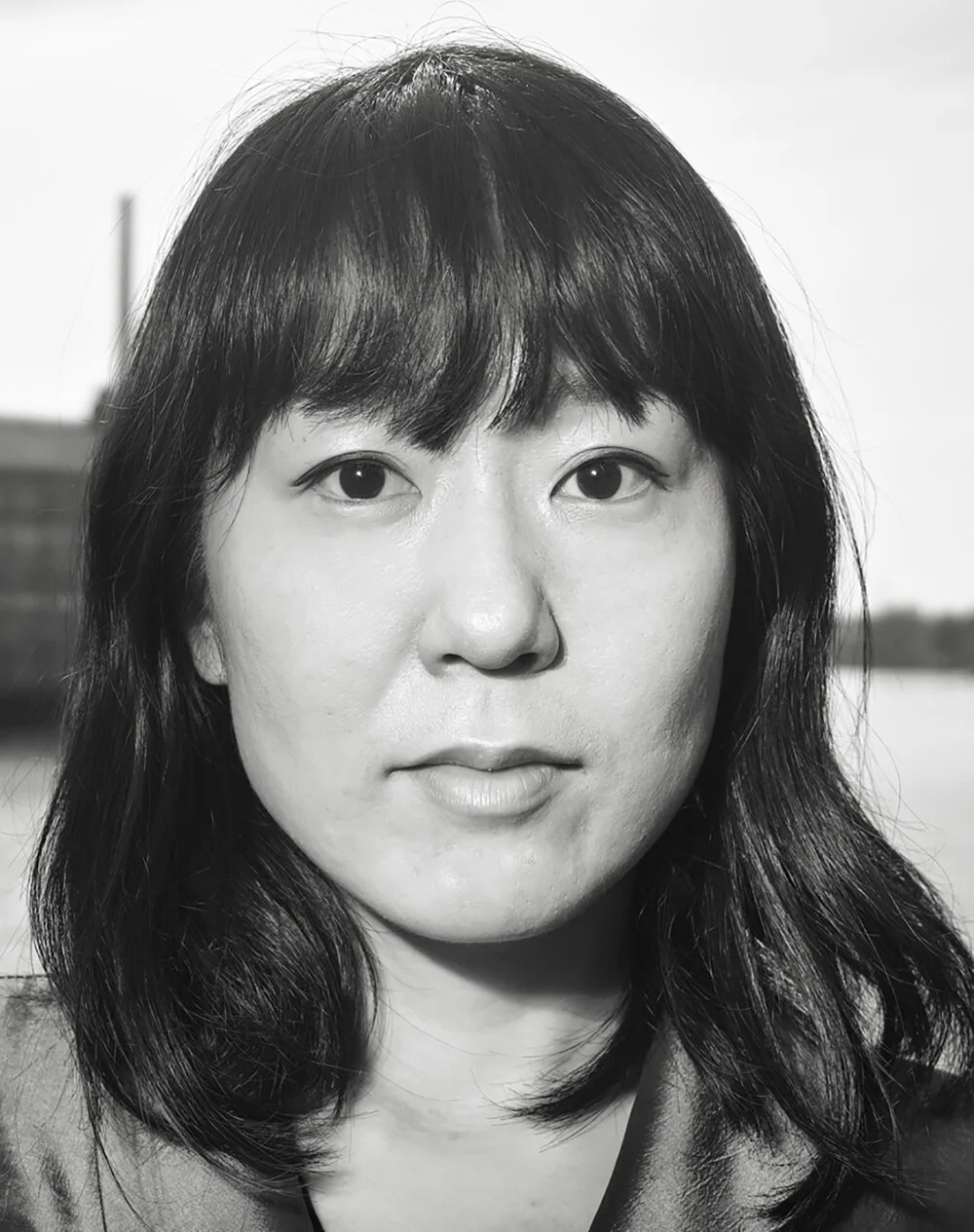PARS PRO TOTO
Online Screenings by peer to space
Pars Pro Toto is peer to space’s online series showcasing video art works which focus on very personal stories narrated by the artist or by the protagonist. The works are embedded in a thematic context of cultural, social, political, or environmental issues. A new iteration focusing on a further topic will be released quarterly.
Pars Pro Toto creates a digital space for users to be silent observers and to simultaneously witness the social complexity of the world. By discovering artworks based on individual experiences yet presented in a broader context, the series demonstrates how the personal symbolizes a part of the whole, a pars pro toto. The personal story seen as an extract of an overall reality becomes visible and fits into the mosaic of the collective experience. Exploring larger issues through the individual lens activates awareness within the viewers. This leads to a deeper and more empathetic understanding of today’s global social conditions. The series promotes the importance of freedom of expression and the necessity of providing a voice for everyone as a basis for a caring and participatory society.
Dreams of Solidarity
(Online from October 1 until December 31, 2021)
Works by Caitlin Berrigan, Mukenge/Schellhammer, Hanae Utamura
Curated by Gloria Aino Grzywatz, Mara-Johanna Kölmel and Caroline Meyer-Jürshof
In cooperation with Akademie Schloss Solitude
The seventh iteration of PARS PRO TOTO Dreams of Solidarity brings together three works of former Akademie Schloss Solitude fellows. The contributions speak of unified relationships with non-human worlds, probe decolonial tactics of solidarity within marginalized communities, and emphasize forms of kinships that make up our ecologies and communities. Mukenge/Schellhammer deconstruct the power dynamics and hierarchies constructed from the Western imaginary of an elsewhere. Caitlin Berrigan explores joint sensual encounters between human and non-human worlds necessitating radical realignment of our relationship to earth. Hanae Utamura thematizes the conflict between human and nature and the questions time’s importance in this supposedly ongoing connection. Exploring such complex issues through the individual lens activates awareness within the viewer. The fragile conditions of solidarity given social and political inequality, the pandemic and climate change are as highlighted as itscommunity-building qualities, its ability to activate collective action and its potential to provide a voice for everyone.
Caitlin Berrigan (DE/US), Imaginary Explosions, Episode 1, video, 11:21 min., 2018
Caitlin Berrigan
In Imaginary Explosions, Caitlin Berrigan explores joint sensual encounters between human and non-human worlds. In the opening sequence of Episode 1, a human hand gently holds a volcanic rock on which a snail tenderly leaves its slimy trace. The fictional alliances and kinships between the human, the animal and the mineral are not only expressed through Berrigan’s mesmerizing imagery (including footage of the volcanic eruptions of the Eyjafjallajökull blast 2010 in Iceland) but also her compelling storyline. Berrigan’s video centers around a group of transfeminist scientists whose want to tune into the mineral earth, become one with it and ultimately cause all the volcanoes on our planet to erupt. Considering the inexorable impact of human activity on flora and fauna, Berrigan's film argues for a radical recalibration of our relationship with Earth. Her story is about solidarity, the possibility of thinking beyond the encrusted framework of the human and the likely necessary violence on this path. (Full credits)
Mukenge/Schellhammer (COG/DE), Your exoticism is my daily bread, video/urban intervention, 8:33 min., 2020
Mukenge/Schellhammer
The word exotic refers to that which is foreign or external to the subject. “Exotic” touches on the image of the other, the imagination, stereotypes and standards of representation. Many thinkers have wondered such imagery, stereotypes, and norms, as ways of denying reality. By constructing “otherness,” a hierarchical position emerges not to understand the other but to instead construct oneself and to justify one’s own conceptions of the world. By reversing the viewpoint, this series of photos and videos hijacks strategies of stereotyped images, deconstructing the power dynamics and hierarchies from the Western imaginary construct of an elsewhere.
Hanae Utamura (JPN/US), Spring Water, Fault, Body (湧き水と断層と身体), video, 16:30 min., 2021
Hanae Utamura
Hanae Utamura's work Spring Water, Fault, Body (湧き⽔と断層と身体) draws on her memories of her father, a scientist who witnessed the economic growth of post-war Japan during the Cold War. The work addresses the conflict between human and nature and how time influences this supposedly ongoing bond. Radiometric dating has been used to determine the age of substances on Earth. However, numerous nuclear weapons tests in the mid-20th century rendered this method obsolete, making it no longer possible to classify air collected after 1950 based on carbon. Utamura compares the associated loss of the sense of time (i.e. a before and after) for contemporary people to a geological fault. This condition, defined as a large crack in the earth's surface—a fault in the strict sense—is also seen in Japanese as a discrepancy between opinions and ways of thinking. Spring Water, Fault, Body (湧き水と断層と身体) decentralizes the human perspective and suggests thinking of family by relating it to existing ecosystems.
Previous PARS PRO TOTO iterations:
The Personal is Political (2020)
Home Is Where Heart Is (2020)
Mirror, Mirror (2020)
Hou Lang Tui Qian Lang (后浪推前浪) (2021)
Another Person In You (2021)
Giving Contours To Shadows (2021)
Dreams Of Solidarity (2021)
Desire is Something Boundless (2022)
My Body, My Choice? (2022)
